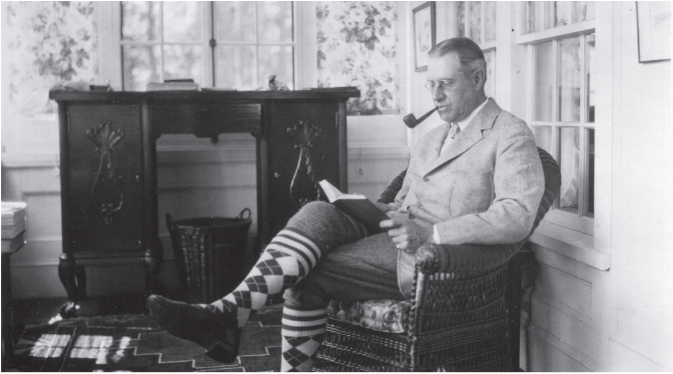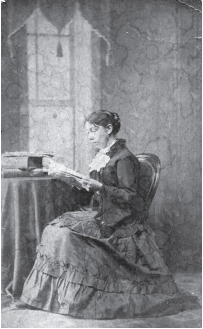Laurel Hill Cemetery, located in Saco, Maine, is the final home to some of Maine’s most well-known leaders, many of whom led interesting lives. In celebration of the release of Laurel Hill Cemetery of Saco, Maine, we’re featuring three of the cemetery’s most notable residents.
Frank Cutter Deering

After inheriting a variety of successful businesses from his father, Frank Cutter Deering grew the family’s lumber business so well that he was considered a “lumber baron” within Saco. Married twice, Deering had two children: Annie Katherine Deering, and Joseph “Joe” Deering. He had a multitude of interests outside of his lumber company, and was heavily involved with the local Dyer Library, even serving on the board of trustees. After his death, his son Joe took over many of his interests, including the J.G. Deering and Son Lumber Company, the Saco River Driving Company, the York National Bank, the Mutual Insurance Company, and an inn in Biddeford. Frank also held several philanthropic interests, including the York Institute (now known as the Saco Museum), the Laurel Hill Cemetery Association, and Thornton Academy, a private school in the area. The family’s devotion to their charitable endeavors was evidenced again when Joe bequeathed Frank’s family home to the Dyer Library upon his own death.
Sarah Fairfield Hamilton

Born in 1831 to a family of nine children, Sarah Fairfield Hamilton was the daughter of John Fairfield, who served as a Representative, Senator, and Governor for the state of Maine. Her father was a progressive politician, and Sarah was subsequently raised in a busy and intellectual household. She later married Benjamin F. Hamilton in 1853, who was also a forward-thinking man for 1850s society, even letting young women run his small general store. Sarah’s progressiveness was also showcased after a trip to Boston, where she met women’s rights activist Abby Morton Diaz. Diaz encouraged Hamilton to found the Saco Women’s Educational and Industrial Union, which implemented many measures to improve the lives of women and children in 19th century Saco, such as constructing sidewalks, establishing the first kindergarten, and forming a public park. Hamilton served as the president each year of the society for several years until her death in 1909.
Thomas and Elizabeth Cutts

The ninth of ten children in a wealthy family from Kittery, Maine, Thomas Cutts enjoyed a rather luxurious upbringing, before being given a generous loan of $100 USD from his father in 1758, an amount of over $3,000 USD today. Described as having a “good head for business,” Cutts used the money from his father to move to what is now called Cutts Island near Saco, Maine. Once there, he built a small store and house on the southern part of the island. Cutts married Elizabeth Scammon in 1762, and the two raised eight children together. Thomas had many successful business ventures during his career, including helping to found Saco Bank and the Saco Iron Works company. In addition, he was a large landowner in the area, owning most of the island and other tracts of land. Besides his business ventures, Cutts also served as the town treasurer, a representative to the General Court, and an officer in the Revolutionary War.
To read more about the intriguing people buried at Laurel Hill, check out Laurel Hill Cemetery of Saco, Maine by Leslie and Emory Rounds.

